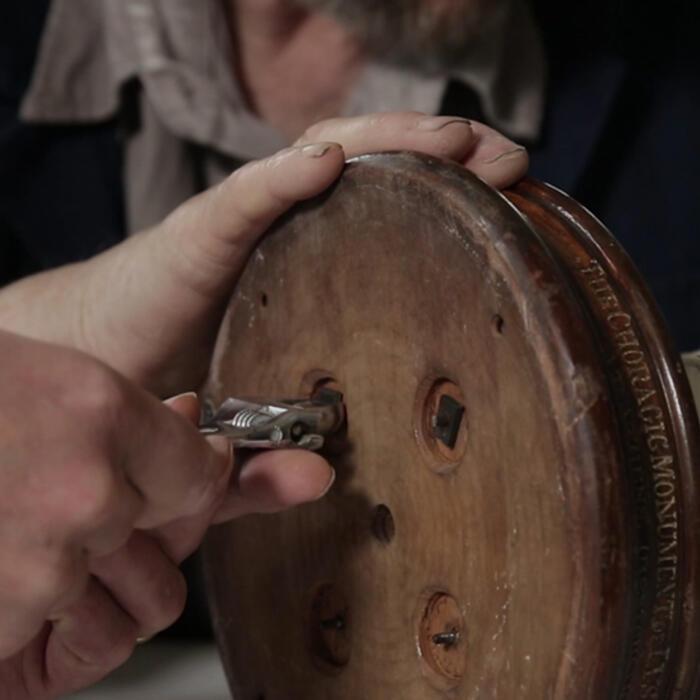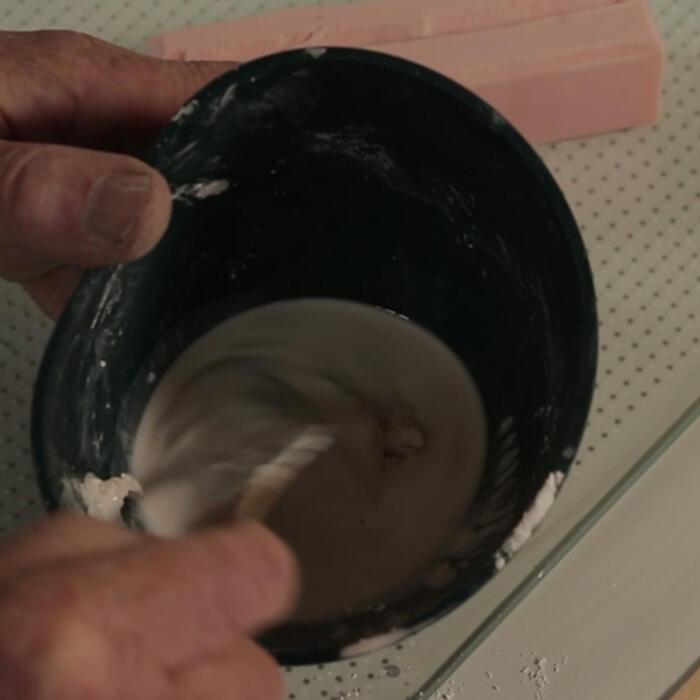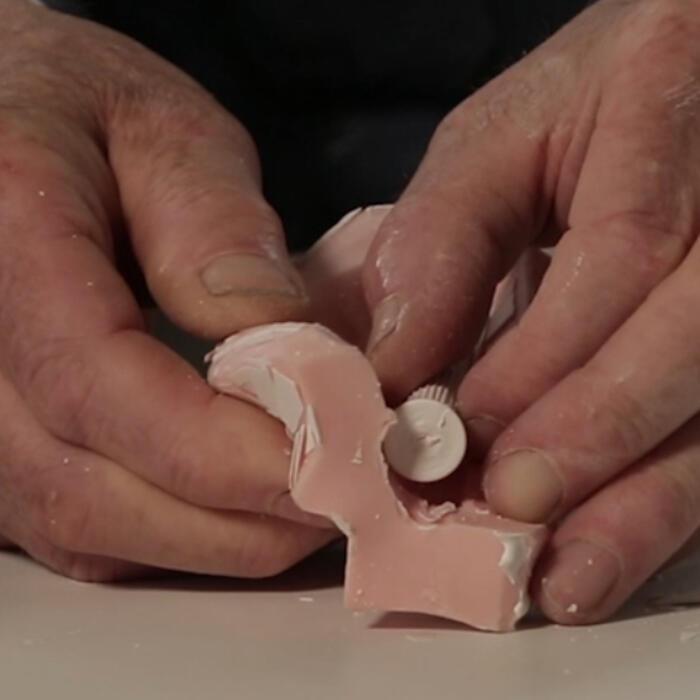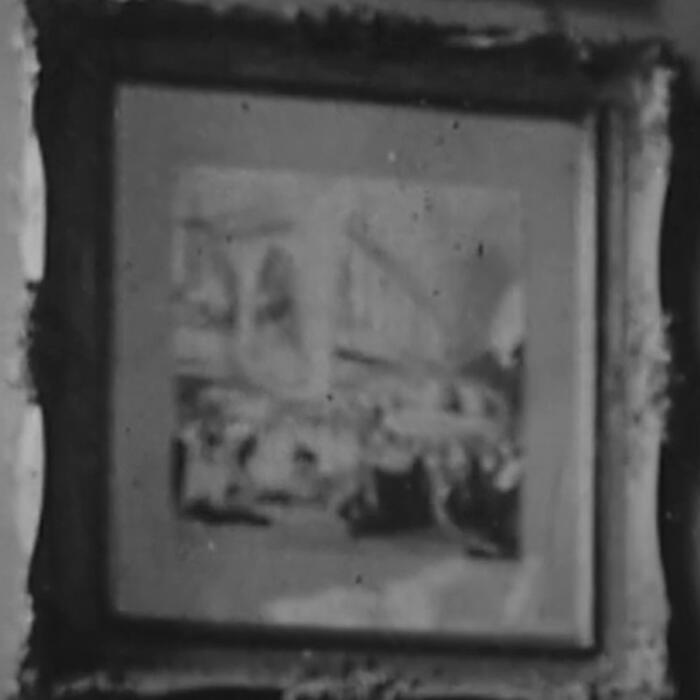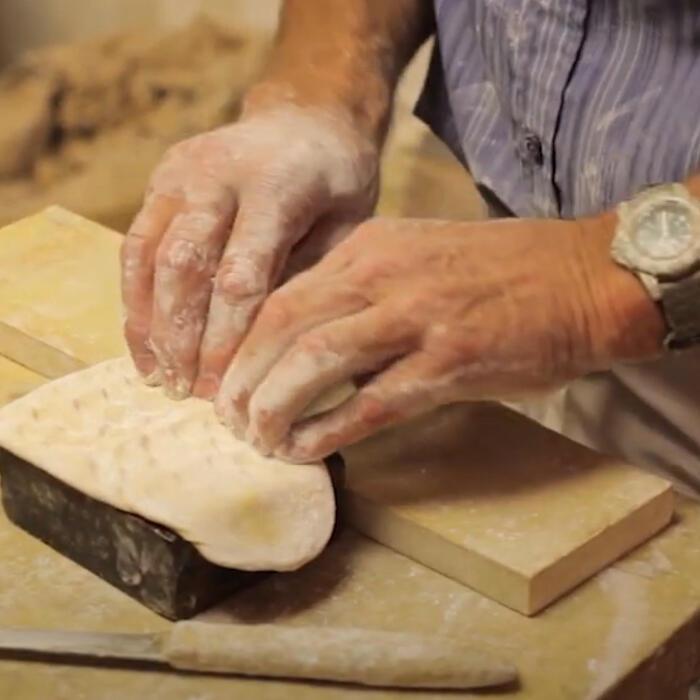Search results
Non-accessible content Back to top
The content listed below is non-accessible for the following reasons.
Non-compliance with the accessibility regulations
Some video does not have captions. This fails WCAG 2.1 success criterion 1.2.2 (Captions (pre-recorded)).
On shop.soane.org:
Some parts of the website have poor colour contrast. This fails WCAG 2.1 success criterion 1.4.3 (Contrast (minimum)).
We hope to resolve issues with soane.org by 1 August 2021. When we publish new content we’ll make sure our new content meets accessibility standards.
Key Stage 3 and above Back to top
General Tours
We offer both in person and virtual tours of the museum for students in Key Stages 3–5, and their teachers, led by our knowledgeable museum educators. These tours can be tailored to the specific Learning needs of your class offering a springboard to investigate subject areas of your choice such as English Literature, History and Art History, Art, Architecture, Collecting, Conservation and Heritage, etc.
Classics
Follow in the footsteps of Sir John Soane and embark on your own Grand Tour of his Museum. Explore this incredible collection of classical antiquities within a unique and inspirational setting and discover more about the ancient world. From the Cawdor Vase, Apollo Belvedere and Sarcophagus of King Seti I, to wall paintings from the Villa Negroni, architectural fragments from across the classical world and a scale cork model of Pompeii as it was excavated in the 18th century, there is a whole wealth of material culture for your learners to explore. Lead by our experienced museum educators, all sessions include an introduction to Sir John Soane, a guided tour of the Museum and a visit to our world-famous picture room, alongside plenty of opportunities for questions and plenary discussion. Classics tours can be tailored to the needs and interests of your students, subject to availability. Key topics we are able to cover in the Museum include:
- A general introduction to the ancient world, including the Greeks, Romans and Egyptians
- Mythology and the gods
- Art, architecture and sculpture
- Pompeii
This session is available as both an in person visit and a virtual tour.
For more information or to book a session, email education@soane.org.uk or call 020 7440 4253.
Preparation of this accessibility statement Back to top
This statement was prepared on 22/10/20. It was last reviewed on 7/12/20.
This website was last tested on 21/08/20. The test was carried out by the Government Digital Service (GDS).
GDS checked www.soane.org on 21 August 2020. Automated tests were used to check the accessibility of the site. The pages were tested using aXe v 4.5.3. Errors found were correlated and checked manually. A keyboard, tab through and zoom check was done. These tests were completed using a Google Chrome browser on Mac OSX with a 15 inch screen.
The damaged model Back to top
Tim Richards approached this restoration already in awe of the extraordinary detail and accuracy of Fouquet’s work and with the aim of retaining as much as possible of the original material. The model was badly broken, with some parts missing completely. It had also been damaged by damp which had caused some areas of plaster to expand and crack while other areas had rust-coloured staining around exposed metal armatures.
Group Visits Back to top
If you would like to book a group visit to the Museum, please use our online booking system. To arrange a Research Library session, in the first instance please contact Frances Sands, Curator of Drawings and Books, at fsands@soane.org.uk to discuss the feasibility and content of the your session.
Dismantling the model Back to top
The first task was to remove the model from its wooden base, unscrewing the bolts that held it in place from underneath and separating the two – perhaps for the first time since the model was made in around 1820. On then could Tim start to work on damaged, loose areas of plaster, trying to do as little damage as possible. He first inserts a scalpel carefully into an existing crack between a stable and unstable area before gently lifting and easing out the broken section – separating it along an existing fracture. As the piece is lifted clear the condition of the plaster behind it can be seen: fortunately, no more excavation is needed and it can just be carefully eased back into its original position.
Casting the missing elements Back to top
More intervention is needed to replicate and insert missing elements. The film shows the process of making new sections of fluted column using silicon rubber moulds taken from the surviving sections. Plaster is mixed with water very thoroughly (taking about ten minutes) to ensure there are no air bubbles, before being poured into the mould. The plaster is agitated with a brush once in the mould to ensure it fills every tiny groove. Once it is fully set the flexible mould can be eased apart and the new casting lifted out.
Assembling the model Back to top
The next stage is that the metal rods within the original columns have to be cut to divide the model into two halves. This intervention is essential to enable Tim to slide new sections of column onto the rods to replace missing sections. There is then a long process to marry up the new pieces with the old. First, a length of new plaster column is placed alongside the old and marked up in pencil before being roughly cut to size. The end of the new section is then gradually pared down so that it fits against the broken end of the old section perfectly. Once the new sections are finished, they are glued into place. As Timothy Richards observes, it would be much easier to replace a whole column, but the aim of the restoration is to preserve as much of the original model as possible.
By autumn 2019, with its base repaired, broken columns once more complete and every miniscule tile of the roof perfect, the model was ready to return to the restored Model Room and reunite the 20 Fouquet models for the first time since World War II.
For more information about Timothy Richards' work, visit www.timothyrichards.co.uk
Beginning the project Back to top
The original frames are visible in a watercolour from Soane’s time but sometime between 1911 and 1925 the frames were replaced, and the original frames disposed of. Research by the Museum’s Deputy Director Helen Dorey unearthed two black and white photographs taken in 1911 that showed the original, ‘neo-rococo’ frames with their complex “composition” ornament. One showed the whole of one frame but was, sadly, not high resolution enough to see the decoration in detail. The other, fortunately, showed one corner of one frame in incredible detail: enough to allow the Soane to create a composite scale photograph of the decoration of the entire original frame.
Moulding the frames Back to top
To recreate the lost frames the Soane turned to Joseph McCarthy Mirror and Frame Makers in Tunbridge Wells, a specialist company which in 2005 inherited the Binnings Collection of over 3,000 unique reverse-carved boxwood moulds of the type used to create the decoration required.
As Joseph McCarthy explains, this was a project that enabled McCarthy’s to do what they love best – investigating and recreating original historic frames - and they were excited about the challenge of finding the corresponding moulds for all the intricate decorative elements.
Once they had identified the correct moulds then the process of casting the ornament in “composition” began. “Compo” is a putty-like mixture of chalk, resins, glue and linseed oil. Once prepared it is used to fill the blocks which are then pressed before the compo is taken out and applied to the timber picture frame. Once dry compo becomes rigid, providing a low-cost alternative to timber carving. The complex decoration of these frames meant using several different moulds to produce each section of ornament.
